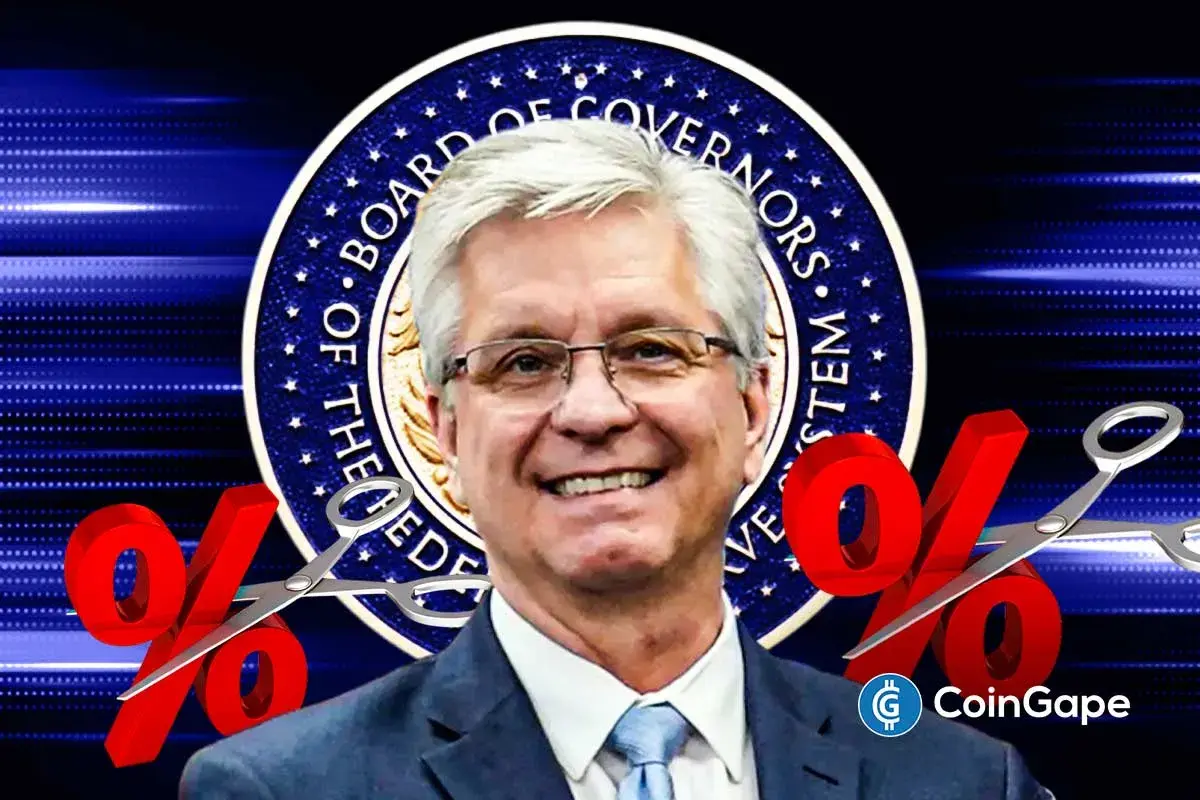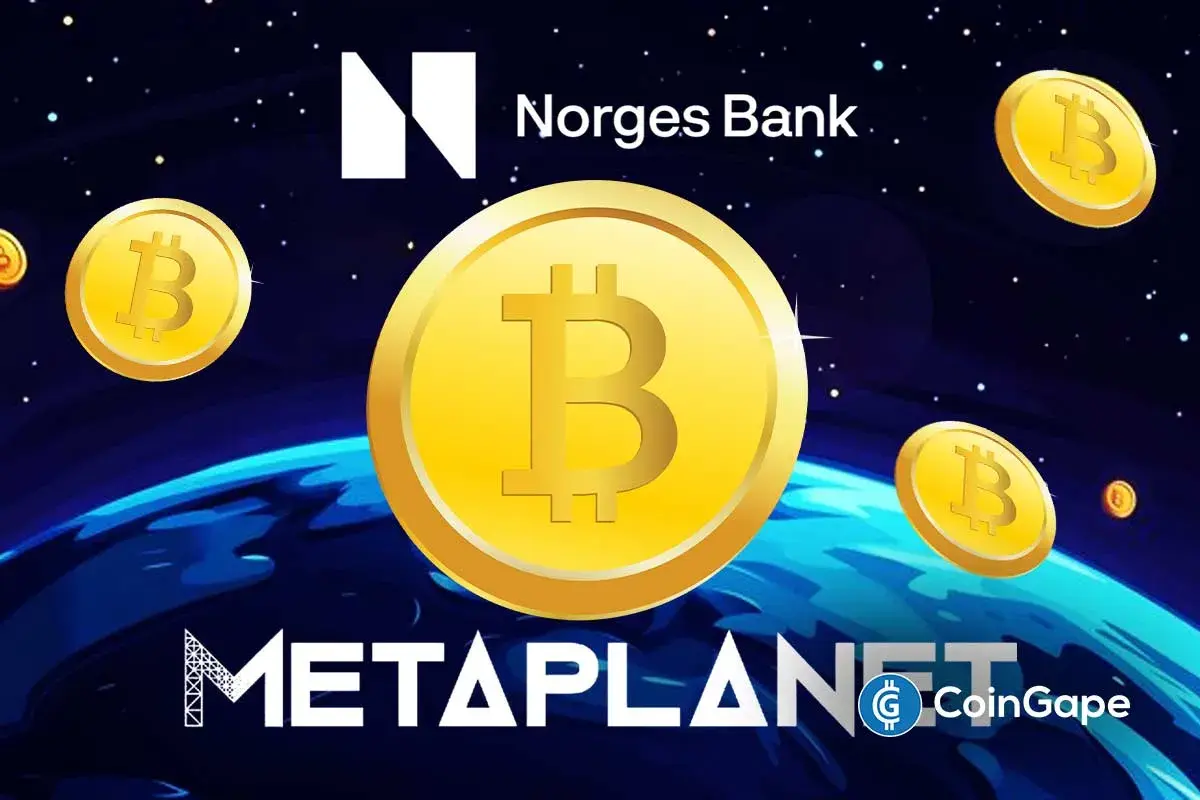Tezos, The Sleeping Crypto Giant Awakens

Tezos made a splash on July 1, 2017 as one of the most successful and promising ICOs to have taken place. They raised $232 million, which made this one of the largest ICOs ever.
However, since then they were plagued with delays and other legal issues which kept them quiet for a while. Now the sleeping giant has awoken with some momentous moves that are shaking the world of cryptos and the blockchain.

POS vs POW
It is their Proof of Stake (POS) mechanism which allowed Tezos to weather the prolonged bear market that saw other coins dropping out of the game like flies. XTZ price more than tripled during October 2019 to February 2020 and it reached an all time high. Once again in early 2020 Tezos began to draw attention and acclaim for its unique choice of build architecture.
Now in 2021, XTZ price has climbed an astonishing 236% and it shows no signs of slowing.
Tezos is best known for having built their model from the ground up with a POS consensus. Like Ethereum, Tezos deploys smart contracts, but it is unique in allowing users to directly control the rules of engagement through their consensus mechanism. This allows for flexibility, user governance and scalability. This places Bitcoin and Ethereum’s Proof of Work mechanisms in stark contrast.
Ethereum is desperately trying to roll out its ETH2.0 upgrade, which would potentially minimize the skyrocketing gas fees experienced by users and would endeavour to make it more scalable. Tezos was built with these features from the start.
Takes The Risk Out of Mining
POS works in a different way to POW in that rather than miners getting rewarded with gas fees for building and approving new blocks, they are instead rewarded for the percentage of native tokens they hold. This means that the native XTZ or Tezzie token is not minted, but rather given as a reward in return for taking part in the POS mechanism. This takes a lot of the risk away from miners potentially attacking the network to steal rewards, for the fact that it makes it less advantageous for miners to attack chains.
Tezos now has a booming marketplace for NFTs, where users with a conscience can mint NFTs that are much greener for the planet and take advantage of fees that are much more easily digested than those of Ethereum. Tezos is now very popular for decentralized finance applications too, with their promise of faster transaction times, more feasible transaction charges and the ability to scale much more easily than with Ethereum.
Scalability Guaranteed
Scalability is one key to Tezos proposition. It has managed to make six upgrades overall as compared to Ethereum struggling for many years to upgrade their protocol, with Tezos easily completing updates frequently and in a trouble free way. The last Tezos upgrade, Florence, saw major improvements made, which came just three months after the prior upgrade.
So Tezos is moving fast and Ethereum will have to work faster with its launch of ETH.20 to stake its own claim. Tezos, the sleeping giant has finally awoken and they are not going quietly into the storm.
- Bipartisan Crypto Bill Talks Progress Even as Markup Is Delayed Until Next Year
- Bitcoin, Ethereum, and Solana to Hit New Highs in 2026, Predicts Crypto ETF Issuer Bitwise
- Fed’s Chris Waller Says Labor Market Is ‘Very Soft,’ Signaling Support for More Rate Cuts
- DeepSnitchAI Raising funds to Build AI Intelligence for Investors
- LINK Vs. XRP: Crypto Founder Lark Davis Reveals Who Will Win in the Next Decade
- Bitcoin Price Outlook: Capriole Founder Warns of a Drop Below $50K by 2028
- XRP Price Rare Pattern Points to a Surge to $3 as ETFs Cross $1B Milestone
- DOGE Whales Add 138M Coins in 24 Hours: Will Dogecoin Price Rebound Above $0.15?
- Ethereum Price Outlook Hinges on Whale Moves: Dump Below $2,800 or Reclaim Above $3K Next?
- Solana Price Outlook After Charles Schwab Adds SOL Futures — What Next?
- Pi Network Stares at a 20% Crash as Whale Buying Pauses and Demand Dries
















